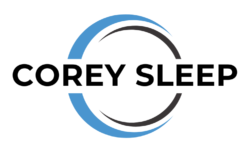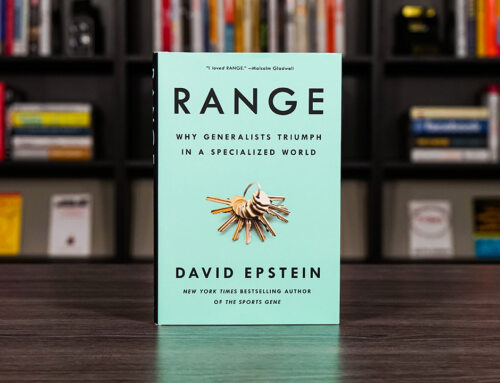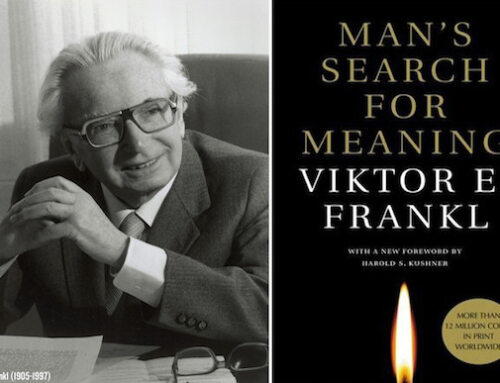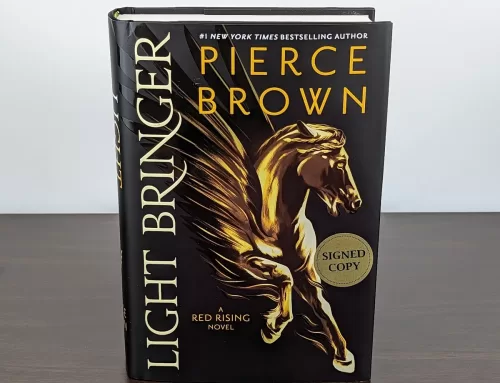This may surprise you, but one way to read more books is by putting the wrong books back on the shelf.
Here are a few reasons to put that book down.
- It’s boring. Not all books are created equal. Sometimes you need to slog through some boring parts to get to the good stuff. Other times, it’s a sign that the book just isn’t very good. Or…
- It’s not relevant for you. Or at least it’s not relevant right now.
Sometimes I’m not in a headspace for something dense. Other times I’m into politics and not productivity.
It’s ok to follow excitement unless you have good reason to stick with something (like that book that’s mandatory reading for class or that your wife is insisting you read, and let’s be honest gotta score points).
I find I learn better if I’m in the right mindset for it. I say go with that flow if you have the option.
- You’ve got what you need from it. Some books you read with purpose. If you only need Part One on How to Milk a Goat, why read Part Two that’s all about making cheese? Bad examples aside, if the rest of the book isn’t important, don’t feel like you need to read it. Finish it up and move on.
- You’re in need of some people time. While I’m loving the summer evenings and weekends where I can get good reading time in, I find my introverted tendencies can lead to more alone time than is necessary – or helpful. I don’t want to become the person who is so comfortable with a book that I neglect my social life.
That and, while I’m eager to accomplish my reading goals, I think I’d sacrifice a few books on my list if it meant deeper friendships.
Contrary to what we may want to believe, books aren’t actually friends.
If you’re still not sure…
This isn’t an exhaustive list, but I want you to feel free to just stop reading a book. Don’t even feel bad about marking it “read” on Goodreads or putting it down in your book log. If you’re done with it, you’re done with it. You can always go back if you need.
If you’re worried you might miss out, here are some things you can do.
- Check out the table of contents. We often overlook this part of a book, but it’s meant to help us know what to expect or find what we need. If the upcoming chapters look irrelevant or boring to you, maybe they are.
- Look at the glossary. If it’s a reference kind of book, hopefully it has a good glossary. If you’re not finding relevant research terms, it’s probably time to move on.
- Skim ahead. This takes a bit more effort, but if you really want to make sure it’s time to stop reading, feel free to skip ahead page by page and make sure you don’t see anything too important or interesting.
Keep reading friends – but only if it’s really worth your time!
Support the blog by clicking the following link next time you buy from Amazon:






